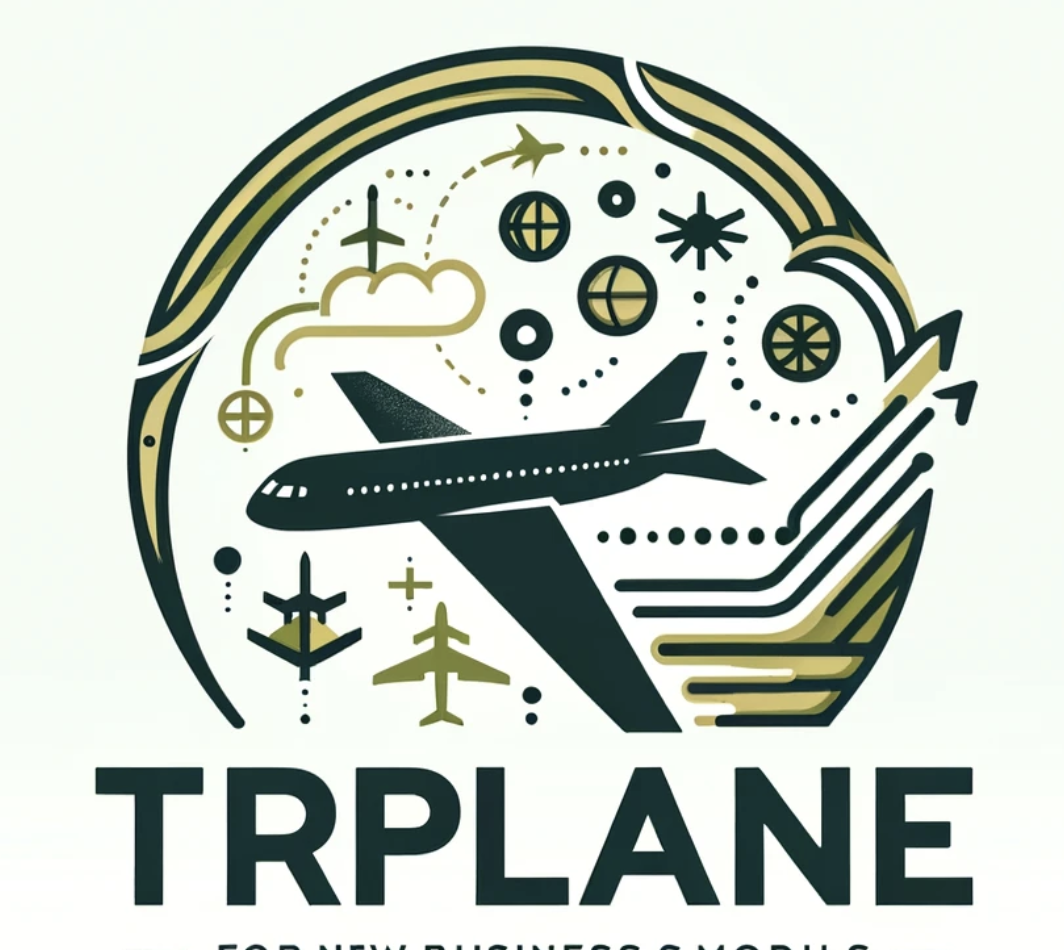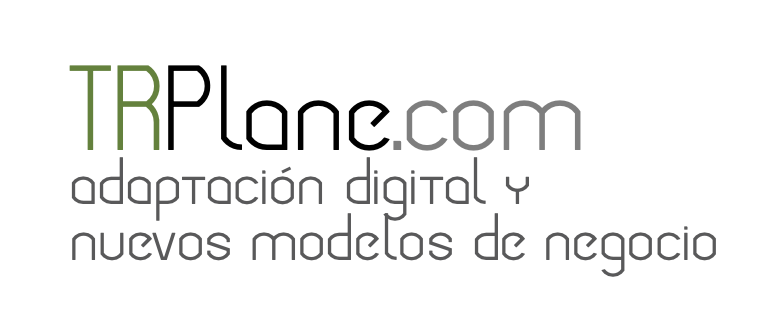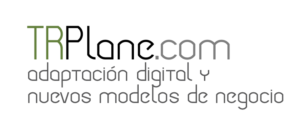Many have described 2023 as the year of AI, and the term has appeared on several “words of the year” lists. Although it has had a positive impact on productivity and efficiency in the workplace, AI has also presented a number of emerging risks for businesses.
In a poll developed by AuditBoard, it was revealed that approximately half of US employees (51%) use AI-powered tools for work, no doubt powered by ChatGPT and other generative AI solutions. At the same time, however, nearly half (48%) said they feed company data into non-public AI tools to help them in their work.
This rapid integration of tools Generative AI at work presents ethical, legal, privacy, and practical challenges, creating the need for companies to implement new and robust policies around generative AI tools. As things stand, most have not done so yet: a Gartner report revealed that more than half of organizations lack an internal policy on generative AI, and AuditBoard's survey showed that only 37% of employees have a formal policy regarding the use of AI-powered tools not provided by the company .
While it may seem like a daunting task, developing a set of policies and standards can save organizations from major headaches in the future.
Use and Governance of AI: risks and challenges
The rapid adoption of generative AI has made it difficult for companies to keep pace with AI risk management and governance, and there is a clear disconnect between adoption and formal policies. The AuditBoard survey mentioned above found that 64% perceive the use of AI tools as safe, indicating that many workers and organizations may be overlooking the risks.
These risks and challenges can vary, but three of the most common at this time are:
- Overconfidence. The Dunning-Kruger effect is a bias that occurs when our own knowledge or abilities are overestimated. We have seen this play out in relation to the use of AI; many overestimate the capabilities of AI without understanding its limitations. This could produce relatively harmless results, such as providing incomplete or inaccurate results, but could also lead to much more serious situations, such as results that violate usage restrictions. legal or create intellectual property risks.
- Security and privacy. AI needs access to large amounts of data to be fully effective, but this sometimes includes personal data or other sensitive information. There are inherent risks that come with using unvetted AI tools, so organizations should ensure they use tools that meet their data security standards.
- Share data. Nearly all technology vendors have launched or will soon launch AI capabilities to augment their product offerings, and many of these additions are self-service or user-enabled. Free-to-use solutions often work by monetizing user-provided data, and in these cases there's one thing to remember: if you're not paying for the product, you're probably the product. Organizations should take care to ensure that the learning models they use are not trained with personal or third-party data without consent and that their own data is not used to train learning models without permission.
There are also risks and challenges associated with developing products that include AI capabilities, such as defining acceptable use of customer data for model training. As AI infiltrates all facets of business, these and many other considerations are sure to appear on the horizon.
Develop comprehensive AI use policies
Integrating AI into business processes and strategies has become imperative, but requires developing a framework of policies and guidelines for its implementation and responsible use. What this looks like may vary depending on an entity's specific needs and use cases, but four general pillars can help organizations leverage AI for innovation while mitigating risks and maintaining ethical standards.
Integrate AI into strategic plans
Adopting AI requires aligning its implementation with the strategic objectives of the business. It's not about adopting cutting-edge technology for the sake of it; Integrating AI applications that advance the organization's defined mission and objectives should improve operational efficiency and drive growth.
Mitigate overconfidence
Recognizing the potential of AI should not equate to unwavering confidence. Cautious optimism (with emphasis on “cautious”) should always prevail, as organizations must take into account the limitations and potential biases of AI tools. It is essential to find a calculated balance between leveraging the strengths of AI and being aware of its current and future limitations.
Define guidelines and best practices in the use of AI
Defining protocols for data privacy, security measures and ethical considerations ensures consistent and ethical use across departments. This process includes:
- Involve diverse teams in policy creation: Teams including legal, human resources and information security teams should be involved to create a holistic perspective, integrating legal and ethical dimensions into operational frameworks.
- Define usage parameters and restrict harmful applications: Articulate policies for the use of AI in practical and technological applications, identify areas where AI can be employed beneficially and avoid the use of potentially harmful applications while establishing processes to evaluate new AI use cases that can align with the strategic interests of the business.
- Conduct regular employee education and policy updates: AI is continually evolving and this evolution is likely to accelerate – policy frameworks must adapt together. Regular updates ensure policies align with the rapidly changing AI landscape, and comprehensive employee education ensures compliance and responsible use.
Monitoring and detection of unauthorized use of AI
Creating and using robust data loss prevention (DLP) mechanisms and endpoint-based detections or SASE/CASB plays a very important role in identifying unauthorized use of AI within the organization and mitigating potential breaches or improper uses. It is also crucial to search for intellectual property within open source AI models. Meticulous inspection safeguards proprietary information and prevents unwanted and therefore very expensive infringements.
As companies delve deeper into AI integration, formulating clear but broad policies allows them to harness the potential of AI while mitigating its risks.
Designing effective policies also encourages the ethical use of AI and builds organizational resilience in a world that will increasingly be driven by AI. Make no mistake: this is an urgent matter. Organizations that embrace AI with well-defined policies will give themselves the best opportunity to effectively navigate this transformation while upholding ethical standards and achieving their strategic objectives.




